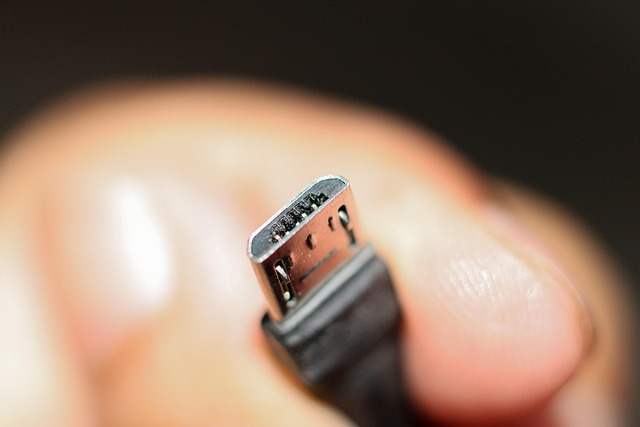
Fingerprint Reader: A Comprehensive Overview
Fingerprint readers have become an essential component in modern security systems, offering a reliable method for user authentication. These devices utilize biometric technology to scan and recognize fingerprints, providing a secure and convenient way to access devices and sensitive information.
How Fingerprint Readers Work
At their core, fingerprint readers capture the unique patterns of ridges and valleys on a person's fingertip. When a finger is placed on the sensor, the device creates a digital representation of the fingerprint. This data is then compared to stored fingerprints to verify identity.
Types of Fingerprint Readers
There are several types of fingerprint readers available, each designed for specific applications:
- Capacitive Fingerprint Readers: These use capacitive sensors to detect the electrical signals produced by the ridges of a fingerprint. They are commonly found in smartphones and laptops.
- Optical Fingerprint Readers: These capture an image of the fingerprint using light. While they are generally less secure than capacitive readers, they are still widely used in various applications.
- Ultrasonic Fingerprint Readers: These use high-frequency sound waves to create a 3D image of the fingerprint. This technology is often found in high-end devices due to its enhanced security features.
- USB Fingerprint Readers: These portable devices can be connected to computers via USB. They are ideal for users looking to enhance security on their PCs without built-in biometric systems.
Benefits of Using Fingerprint Readers
Fingerprint readers offer numerous advantages over traditional password-based systems:
- Enhanced Security: Fingerprints are unique to each individual, making it extremely difficult for unauthorized users to gain access.
- Convenience: Users can quickly unlock devices or access secure areas without the need to remember complex passwords.
- Speed: Fingerprint recognition is typically faster than typing in a password, allowing for quick access.
- Reduced Risk of Theft: Since fingerprints cannot be easily replicated, the risk of identity theft is significantly lower.
Integration with Operating Systems
Many modern operating systems, such as Windows, have integrated fingerprint recognition features. For instance, Windows Hello allows users to log in using their fingerprints, providing a seamless and secure experience. This integration enhances the overall user experience while maintaining high security standards.
Choosing the Right Fingerprint Reader
When selecting a fingerprint reader, consider the following factors:
- Compatibility: Ensure the device is compatible with your operating system and hardware.
- Security Features: Look for readers that offer advanced security features, such as anti-spoofing technology.
- Ease of Use: Choose a model that is user-friendly and easy to set up.
- Durability: Consider the build quality, especially if the device will be used frequently.
Conclusion
Fingerprint readers represent a significant advancement in security technology. Their ability to provide quick, secure access makes them an attractive option for both personal and professional use. As technology continues to evolve, the adoption of fingerprint readers is likely to increase, further enhancing security measures across various platforms.

















 Game Developers Conference (gdc)
Game Developers Conference (gdc) 
 Health
Health  Fitness
Fitness  Lifestyle
Lifestyle  Tech
Tech  Travel
Travel  Food
Food  Education
Education  Parenting
Parenting  Career & Work
Career & Work  Hobbies
Hobbies  Wellness
Wellness  Beauty
Beauty  Cars
Cars  Art
Art  Science
Science  Culture
Culture  Books
Books  Music
Music  Movies
Movies  Gaming
Gaming  Sports
Sports  Nature
Nature  Home & Garden
Home & Garden  Business & Finance
Business & Finance  Relationships
Relationships  Pets
Pets  Shopping
Shopping  Mindset & Inspiration
Mindset & Inspiration  Environment
Environment  Gadgets
Gadgets  Politics
Politics 